Review Leica Q Typ 116
3 pictures © Leica Camera AG
The Leica Q Typ 116
When Leica introduced the Leica Q in June 2015, I was immediately fascinated by this camera. The camera seems to combine the best of two worlds. On the one hand a manual and compact camera like the Leica M and on the other hand a fast modern AF camera. So far, all AF-cameras from Leica suffered from a slow autofocus, a small sensor and slow lenses. Now everything seems to fit. After 4 months of intensive use I write here about my experiences with the Leica Q from a long-standing Leica M-user’s perspective. At first I was skeptical if the Leica Q would reach the image quality of the Leica M or even exceeds it. In the Leica world this camera with 4,000 Euro is almost a bargain, because for that you get not even the lens Summilux 28mm Asph for Leica M, which was introduced at the same time.
The Body
The weight of the Leica Q with lens (640 gr) is less than the M240 body only (680 gr). But the Q does not feel cheap or less robust. Almost everything is made of metal also the lens and controls. Only in direct comparison the M feels like a tank.
The body is very similar to the design of a Leica M. For me it’s extremely important to have fast access to speed and aperture. The speed dial is at the top and the dial for the aperture is at the lens. This classical arrangement is ideal for me and I can use it almost blind.
The workmanship is great, only the eyepiece for the viewfinder is not entirely fixed and feels unstable.
I also use the handgrip, with it I have a very stable grip and can realize long times by hand.
Many friends and colleagues who tested the camera were immediately impressed by the ergonomics.
The lens
The f1.7 / 28mm Summilux lens is also made of metal and designed like a classic M lens. Even the finger tab below for manually focusing is there. If I turn the dial for aperture or focusing to the end it is set to automatic. A further dial at the lens is for the macro mode an reduce the minimum distance from 30 cm to 17 cm. The distance scale chances mechanically – very nicely solved.
Overall, the lens is well built, although not quite as high quality as a M lens. The manually focus is a little less „smooth“ than with a M lens. However, this is only for the direct comparison and does not matter in practice.
The lens hood is screwed and also made of metal. The Lens cap, which is also made of metal, fits over the lens hood.
The lens is f1.7 and allows images with beautiful bokeh in all lighting conditions. Distortion and vignetting are either absent or are corrected electronically. It is difficult to say what comes from the lens and what is made by the electronics. In any case, the vignetting is considerably lower than with a M-Summilux. The resolution is very high and has a fantastic micro-contrast. In other words, the lens is very sharp.
Even at f1.7 the lens produces excellent pictures, which reach the peak at about f5.6. Basically, you can safely use all apertures.
A comparison with Summilux-M lenses shows that at the M-lenses the sharpness falls more dramatically into the blur. Generally with the Q it’s harder to create the typical M-Look. The typical M-formula „much bokeh plus much vignetting = Leica look“ does not work for the Leica Q. Who wants this typical M look might not be happy with the Q.
Compared with my Summicron M 28mm Asph the Leica Q provides better results at all areas. I also find interesting, that the focal length of the Q seems to be shorter than the M Summicron. I guess the Q is more like a 26mm
The electronic viewfinder and monitor
The electronic viewfinder (EVF) has a very high resolution of 3.68 million pixels and exceeds the electronic viewfinder for the Leica M by far. Additionally, the time delay is very low. The colors of the EVF are ok but do not look very natural, the contrast is a bit high. With manual focus it automatically zooms in and focus peaking help to see the sharp areas. Everything work fast and responsive, and it’s nice to work with the EVF.
More often I use the 3-inch monitor to compose the image. It has a resolution of 1 million pixels and excellent colors and brightness. Manual focusing is also possible with it.
The monitor is a touchscreen. You can flip through images and zoom with two fingers. Interesting is also the possibility to tap on a specific point at the monitor to focus and shoot. Once I find an usage for that, I’ll use that too. The sensor on the EVF is unfortunately so sensitive that the monitor go off when I want to do something on the monitor with my left hand.
Crop Mode
The Leica Q has a crop mode with which I can show 35mm and 50mm frame lines by pressing a button. The JPG output will be cropped, but the RAW file not. As a M 35mm shooter I like that, because with the 35mm frame lines I have exactly the same view as with the M and a 35mm lens. The viewfinder of the M is also designed for 28mm and therefore the viewfinder image is identical. When I take pictures with a 35mm Crop, I remain 16mpx available. This is almost the same as a M9. But be aware that the effective used area of the sensor decreases, so you don’t have 16mpx full frame.
Autofocus and Shutter
Finally an autofocus which focuses in real time. Apart from the Pro DSLR cameras I’ve never seen this before in a camera. The Q has such a relaxed and fast autofocus that its a joy to work with it. The limit is still at continue shooting of fast moving subjects at a close range.
Also important for me is on what the camera focuses. For me it is an absolute advantage of the Leica M system to know exactly on what I focus. For instance when I shoot people I focus on the eyes. The AF is useless if my camera is very fast, but always focuses on the shortest distance. With the Leica Q I use the AF with face detection and I must say, it works great. In the most images the focus is where I would have set it manually.
Furthermore the Q has a very quiet and vibration-free shutter. This shutter is mechanically up to 1/2000 sec and electronically until 1/16000 sec. This fast shutter and the low ISO 100 allow me to photograph wide open in the sun without a ND-filter. A neutral density filter almost always causes a color shift which I have to correct in post processing.
The battery pack
I can shoot around 300 pictures with one battery load. It’s always good to have one or two packs in the bag.
The Leica Q is using the battery (BP-DC 12) which is the same as the V-Lux 114/Panasonic FZ1000 uses (DMW-BLC12). The price for the genuin Leica battery is around 100 Euros but the panasonic costs the half.
The Sensor
The sensor is new developed, but Leica does not publish the name of the manufacturer. Recent rumors say that it was developed in cooperation with Panasonic and an Israeli company. It has a resolution of 24.2 Mpx or 26.3 Mpx total. Interestingly, you can use the entire area in Capture One Pro 8. This looks like this:
The complete image area is 26.3 Mpx. I have often used the „reserve“ in order to optimize the selection.
Of course, the 24 Mpx are not impressive compared to some competitors. It is the compromise of quality, processing speed and costs. But I would say that in combination with the lens, the resolution is sufficient. Below you can see how the camera renders. Right is a 100% crop of the center, photographed by hand without stabilization with ISO 100, f8, 1 / 250s.
The Image Stabilisation
The lens has an image stabilization with a single moveable lens. When the camera is switched off, this lens fly around freely in the lens and causes a clacking noise. I have made several tests with and without stabilization and can hardly see any stabilisation. I would say the stabilisation extend the usable time about one step. I have turned it off to get the best performance of the lens. Leica itself recommend to put the stabilization off to have an optimally centered lens.
The Exposure and White Balance
The multi-segment metering works very well. In particular backlight scenes are extremely well exposed. With the Leica M I have never used it since it resulted in significant delays or a crash. The Leica Q metering is fast, exact and produces excellent results.
The white balance creates very good results with bit much cyan in daylight and yellow indoor. Mixed light is surprisingly well measured. In Capture One the Kelvin values are somewhat surprising and do not meet the expectation. Either the scale is wrong or the camera compensate internally quite a lot.
The Image Quality
In short: the image quality is excellent. Since the lens was developed just for this sensor, no compromises had to be made. One lens, one sensor, one camera. Everything works perfectly together and the results are super sharp with a lot of micro-contrast, details and resolution. The gray values are simply fantastic. The colors are very powerful.
To evaluate pictures on a monitor, is limited. Only a high-resolution print reveals the quality of the images. If I compare a print of the Q with the Leica M240 and a Summilux 35mm FLE, I see a bit more deepness in the Leica M prints. But probably I don’t control the whole workflow with the Q perfectly. In addition, we compare a 11,000 Euro combination with a 4,000 Euro camera. The Leica Q is definitely very close to the M 240 and exceeds it in many points.
The dynamic range of the Leica Q is at least one stop greater than with the M240. The dynamic range and 14-bit color depth create very good results with a lot of space for processing. The usable ISO range is at least one stop higher than with the M240. With ISO 6400 you still get good results, when you expose correctly. The Leica Q offers ISO up to 50k but this is only usable for emergencies.

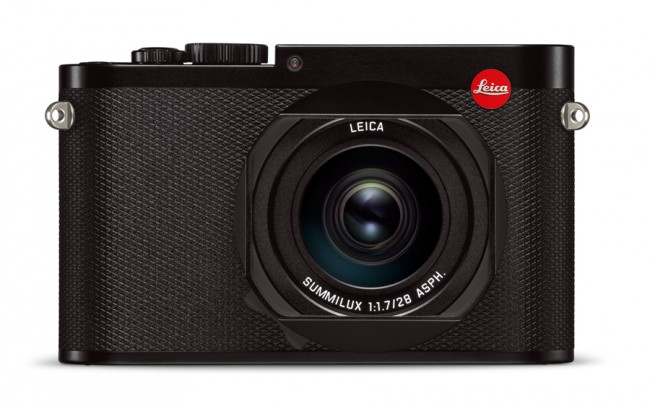
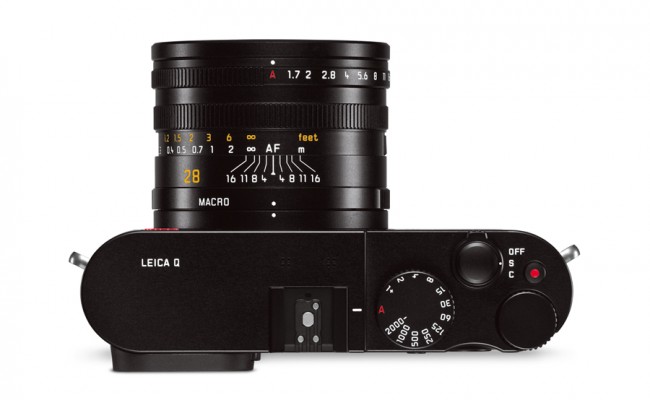
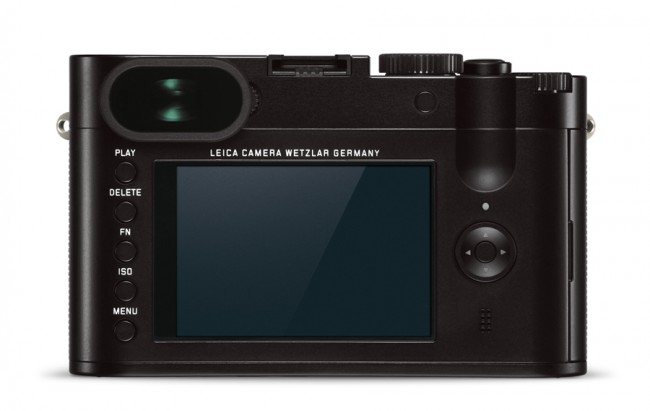
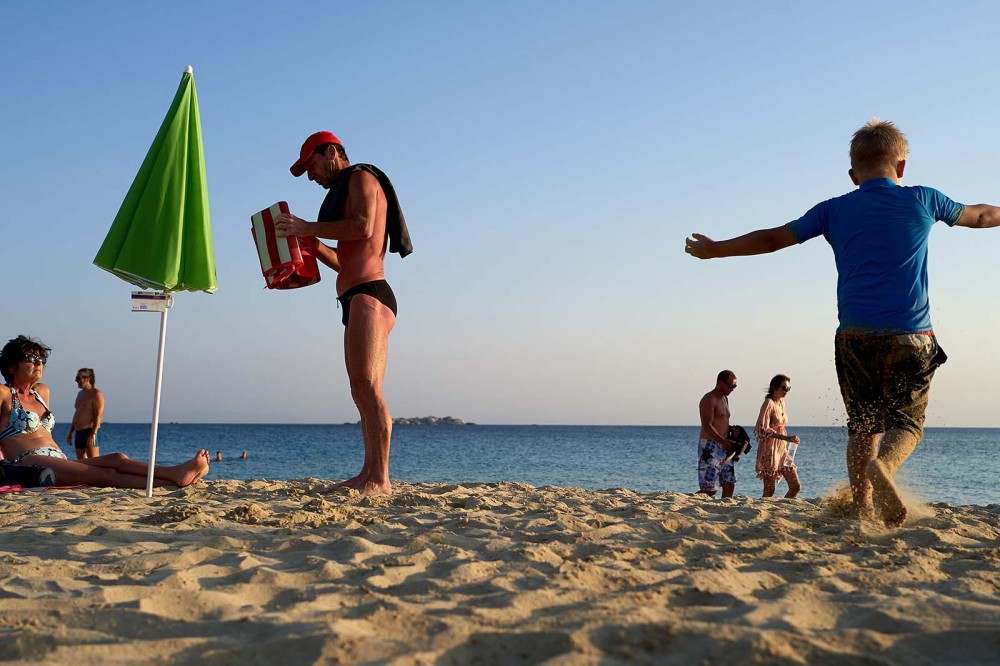
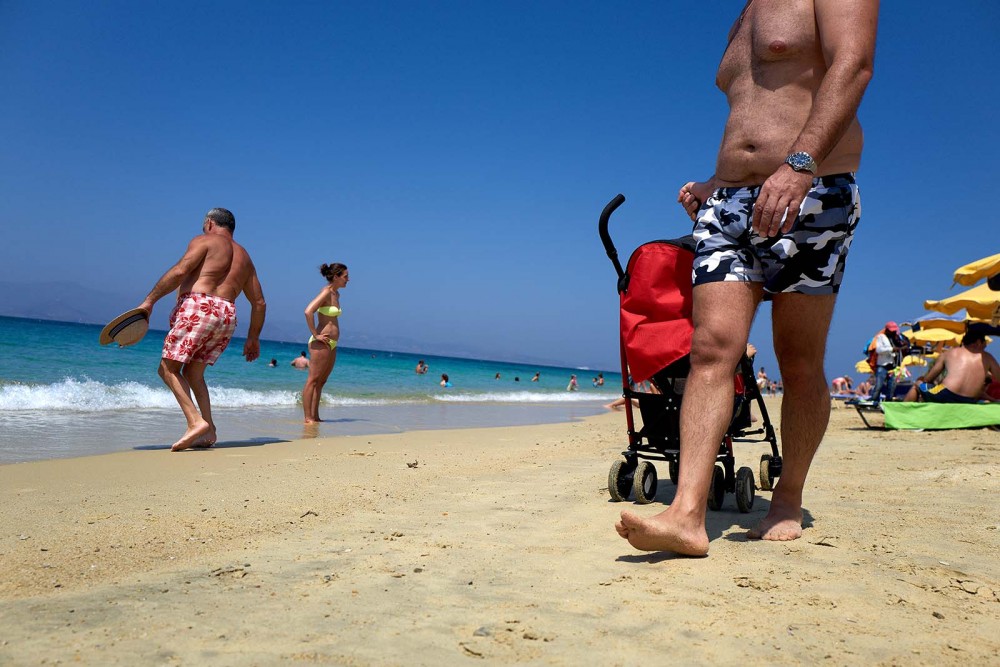
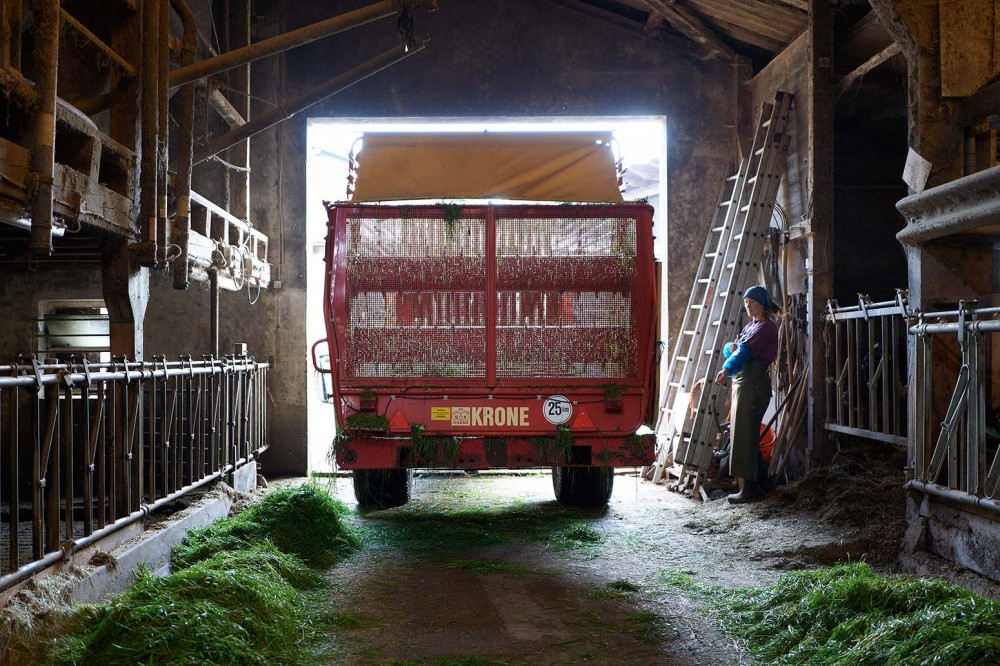
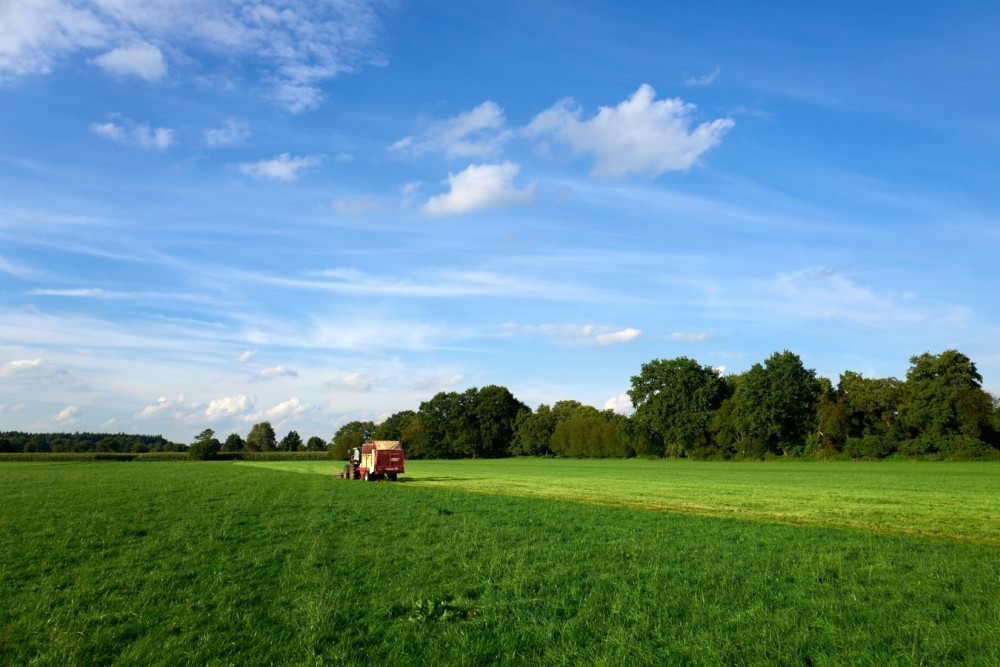
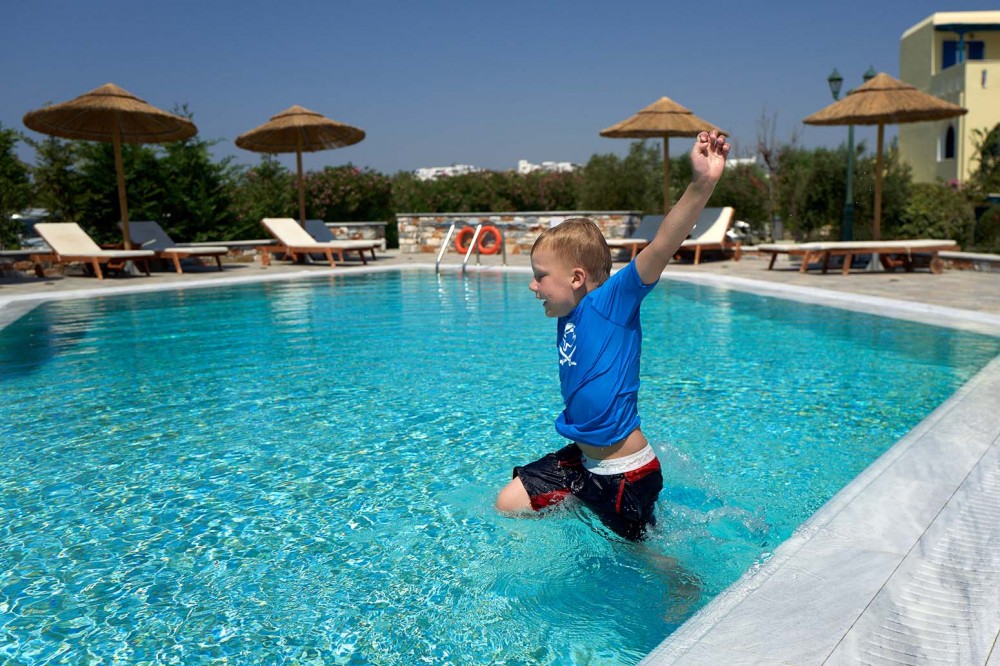
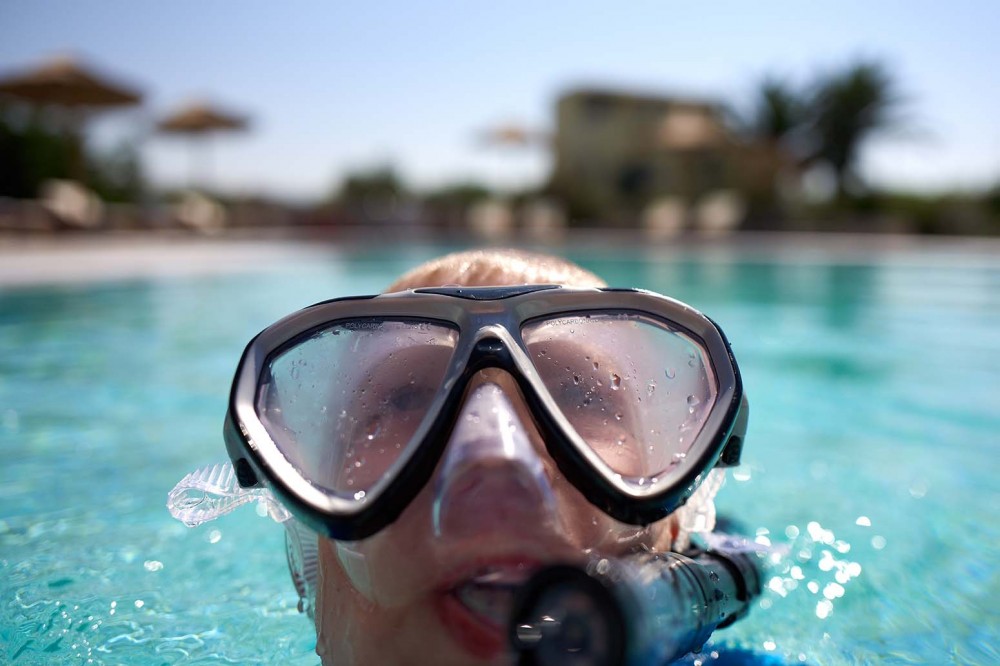



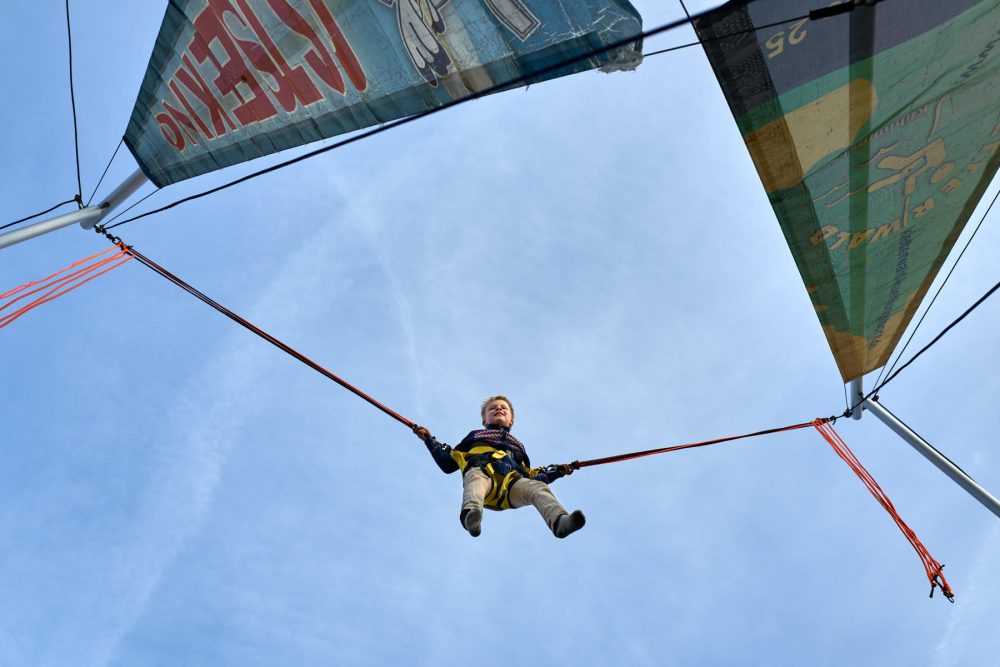
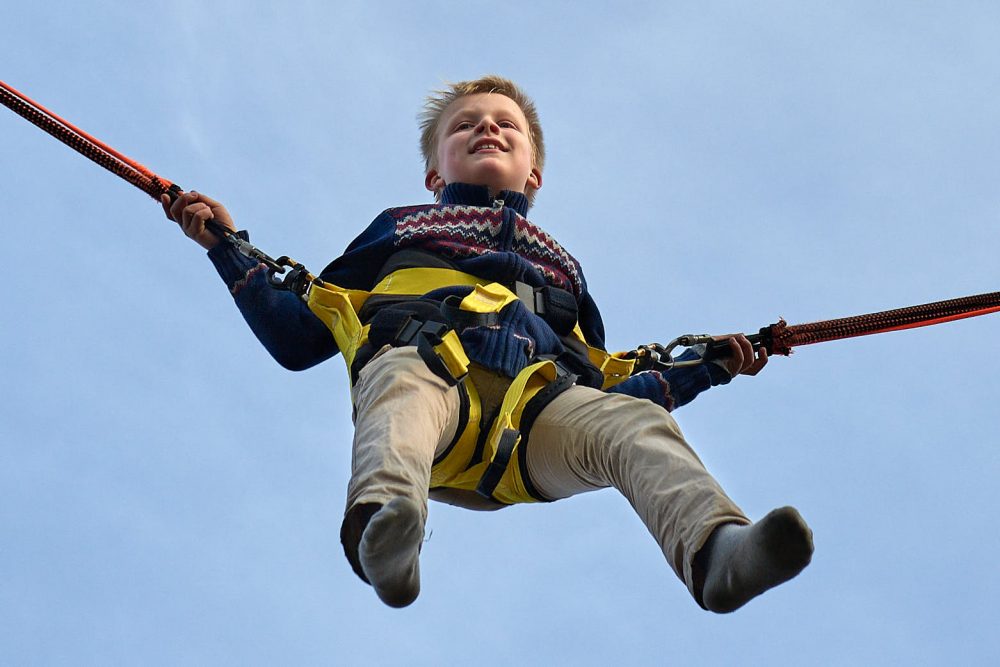
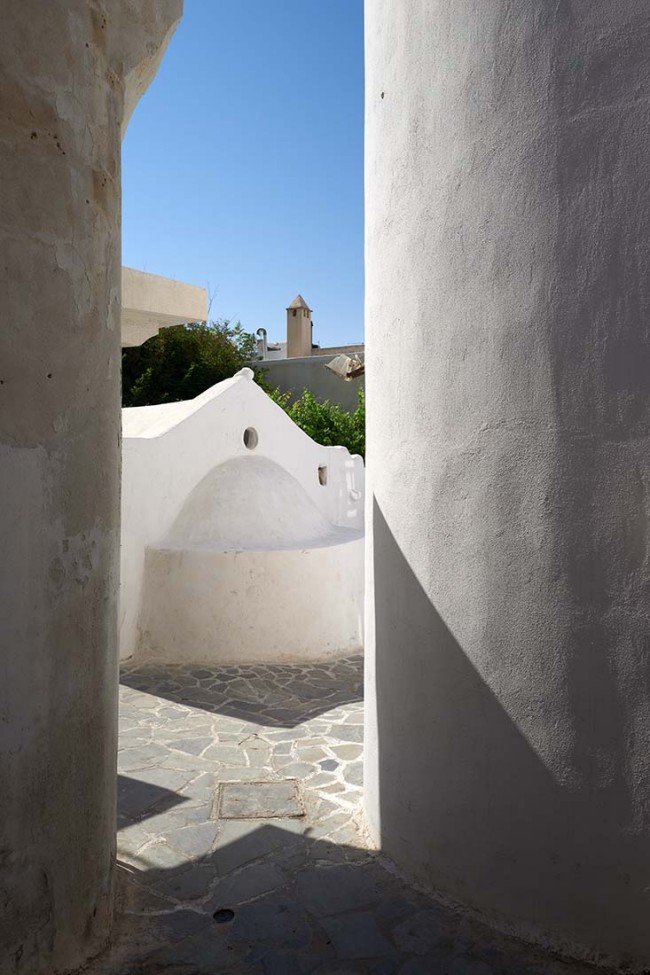
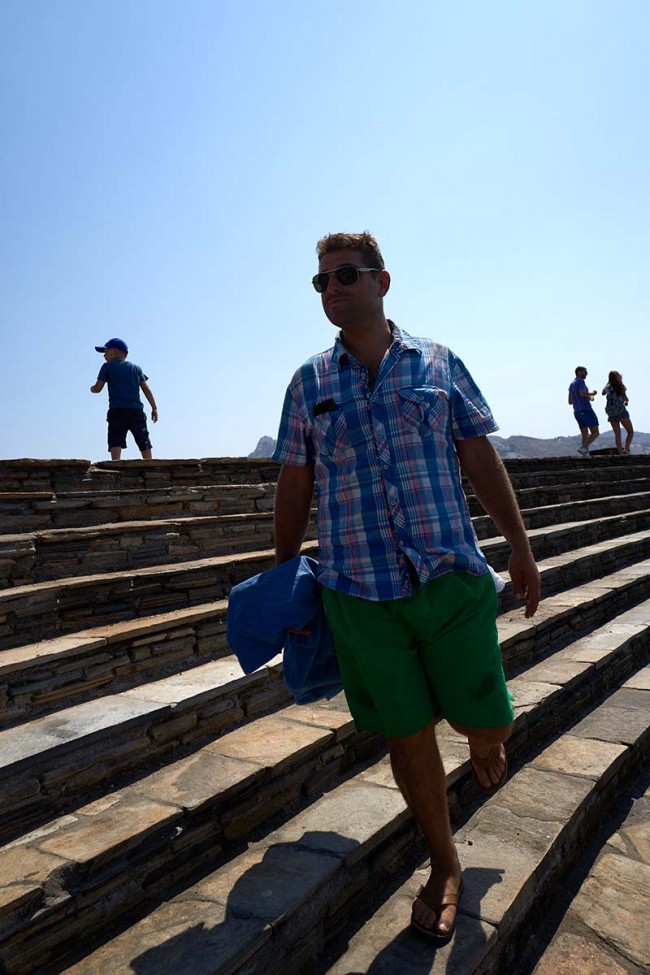



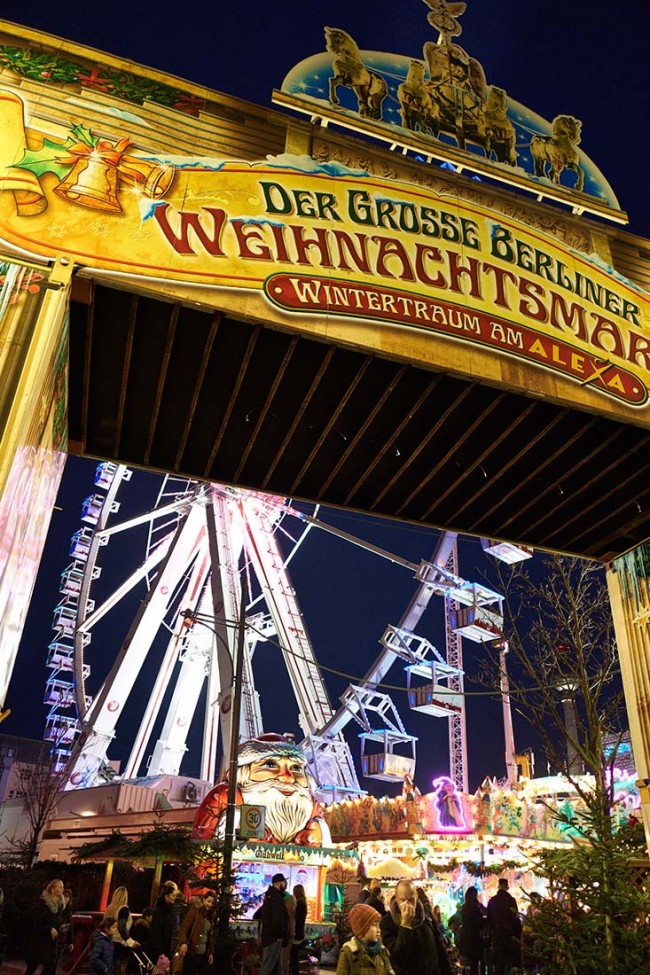
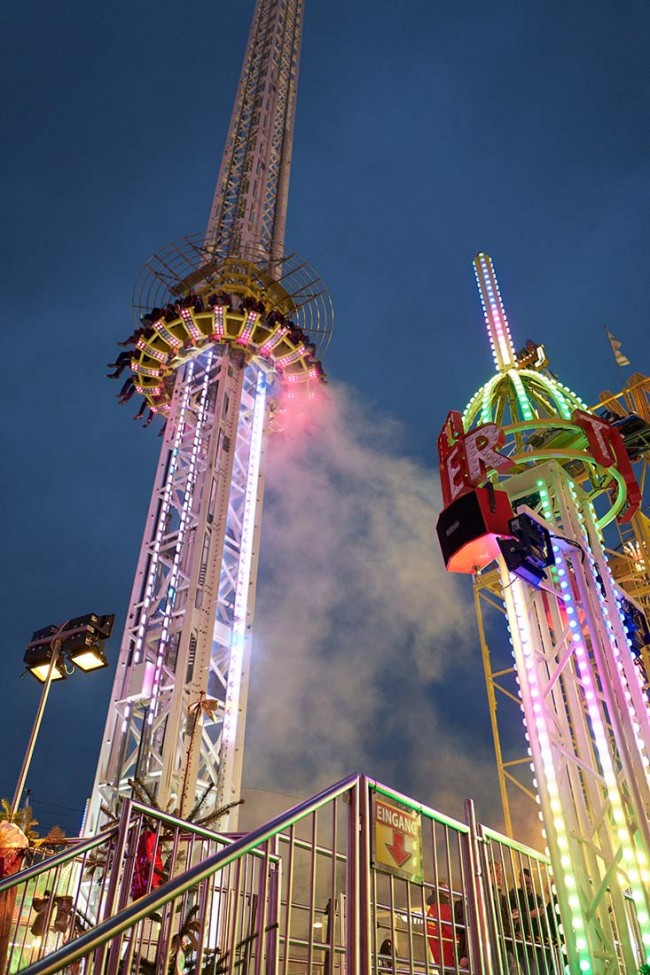
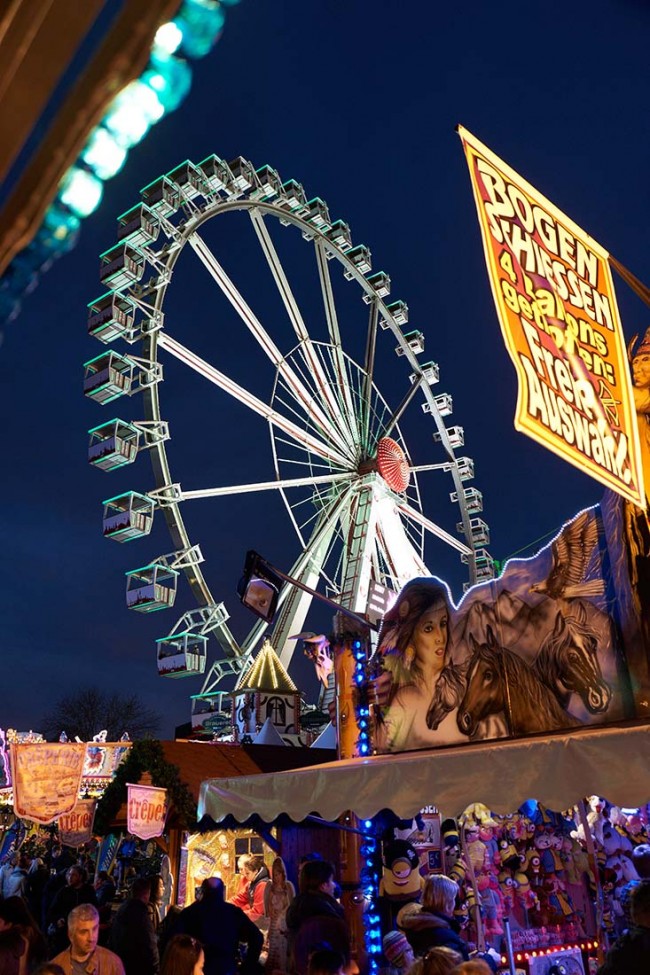
Lieber Oliver,
ich möchte Dir einfach meine Anerkennung (und durchaus Bewunderung) für Deine fotografische Arbeit ausdrücken!
Seit ein paar Wochen im Besitz einer „Q“, bin ich auf der Suche nach Informationen auf Deine Seite gestoßen. Meine Q macht wirklich viel Spaß, weil sie einfach tut, was sie soll und das in unglaublicher Qualität. Die „M“ habe ich auch, bin jedoch alles andere als begeistert davon und hatte sie auf meinen letzten Reisen zugunsten des iPhone 6s daheim gelassen.
Beste Grüße und Alles Gute
Benedikt
Hallo Benedikt, vielen Dank für deinen freundlichen Kommentar. Die M zwingt einen sehr konzentriert zu arbeiten, was ich durchaus als Vorteil betrachte. Die Q verleitet mich oft dazu schlampig zu arbeiten weil sie scheinbar alles automatisch kann. Im Ergebnis habe ich mit der Q mehr gute Bilder aber weniger außergewöhnliche. Als Ersatz für die M bin ich auf die SL umgestiegen und arbeite mit dem 24-90mm Zoom sowie dem 35mm Summilux. Die Qualität der Bilder mit der SL ist überragend. Ebenso die Präzision und das Handling. Die Q benutze ich für Street und wenn es mal diskret sein muss. Obwohl ich Jahrelang mit der M9/M240 fotografiert habe, kann ich mir momentan nicht vorstellen wieder zurück zum Messsucher zu gehen.